How to Build a Green Roof. Bring Nature Closer to Home to Enjoy Its Benefits
Green roofs or sod roofs originated in northern Scandinavia centuries ago. The modern trend started when green roofs were developed in Germany in the 1960s, and has since spread to many countries. Today, it is estimated that about 10% of all German roofs have been “greened”. Roofs covered in vegetation have great benefits for the home, the surroundings and the environment. Learn how to build a green roof to bring nature closer to home and enjoy its multiple benefits.
Green roofs serve several purposes for a building, such as absorbing rainwater, providing better insulation, which leads to reducing heating and cooling costs by up to 25%, and prolonging the building’s life. It also filters pollutants, creates a habitat for wildlife and decreases stress for the inhabitants of the building as well as for those living nearby. A concentration of green roofs in an urban area can even reduce the city’s average temperatures during the summer.
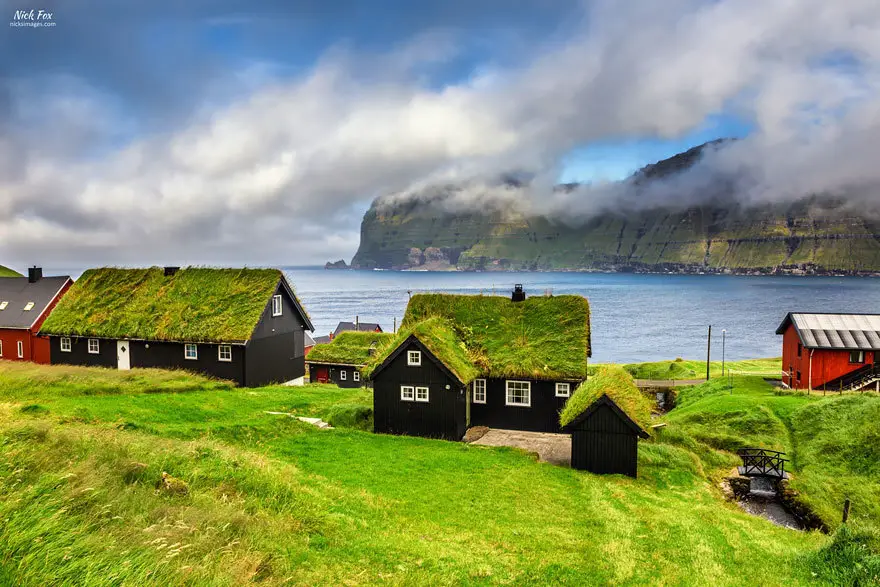
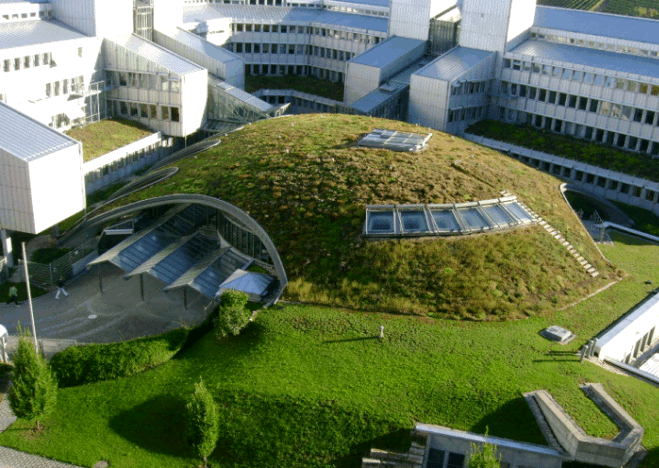
There are some myths about green roofs that we should tackle. They do not expose the house to water infiltrations, because they are just as well waterproofed underneath the soil, and they don’t normally overstrain the structure, because every roof is normally engineered to hold two or three times its load. However, if in doubt about your roof’s load bearing potential, get a professional to advise you on this matter.
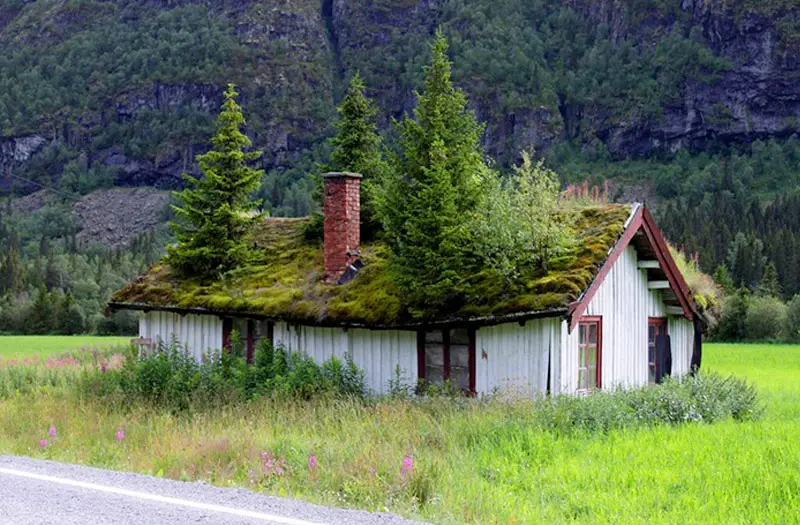
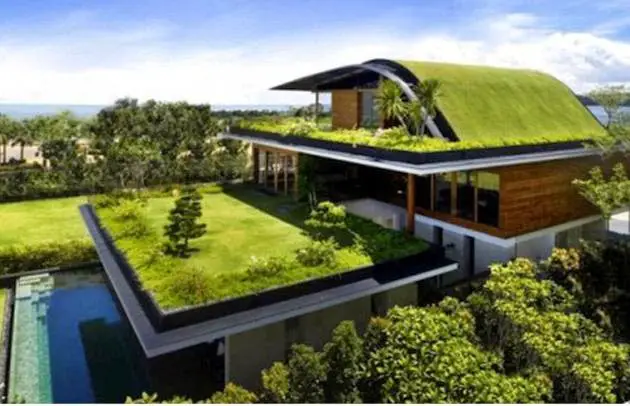
How to build a green roof. Plant choice
The best plants for green roofs are succulents, especially sedum. They have just the right properties: slow growth, retaining all the water they need and high resistance to temperature and humidity variations. They also come in a spectacular color palette and look really nice.
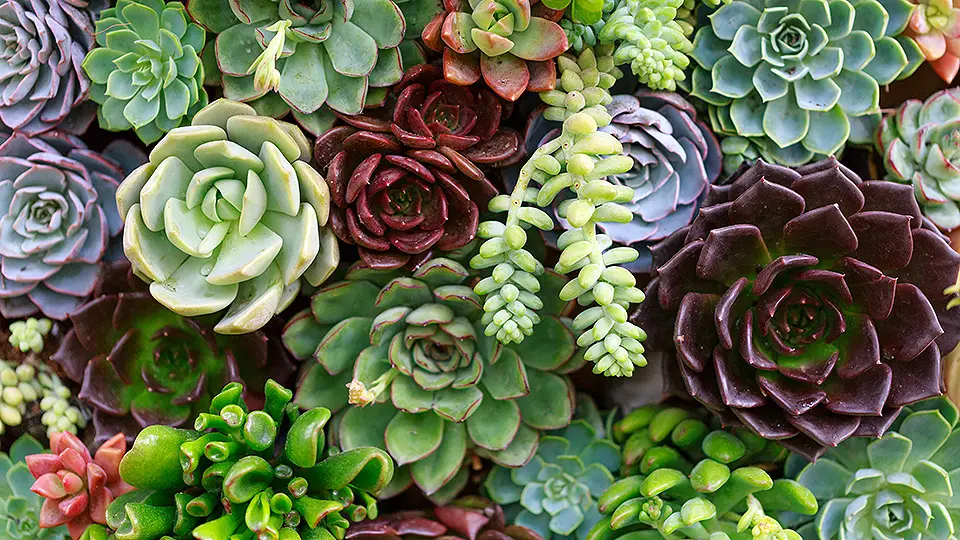
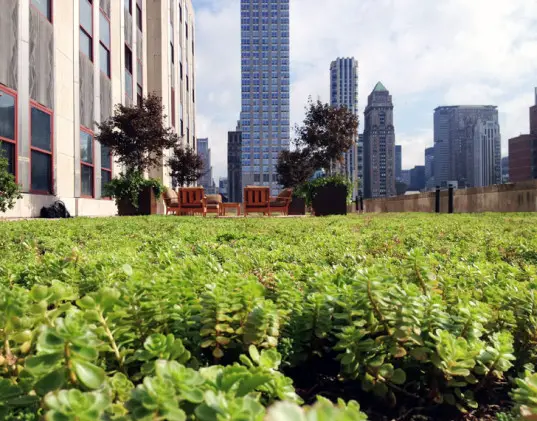
How to build a green roof. Recipe
To keep the plants happy they need:
- Soil to sit in
- Some way of staying moist enough when it isn’t raining (ideally we want this garden to be maintenance free)
- Drainage so they don’t get too wet
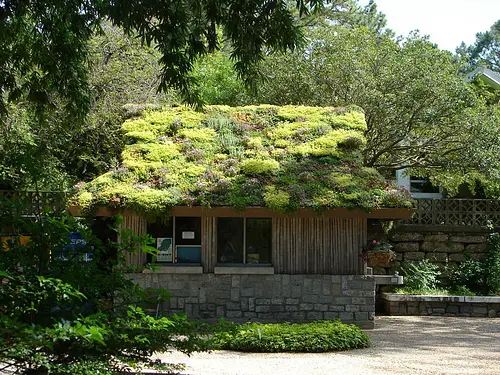
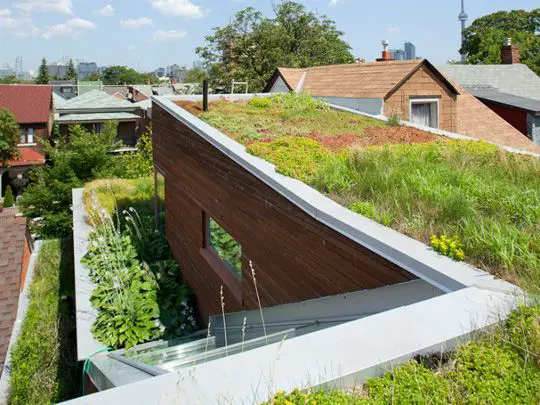

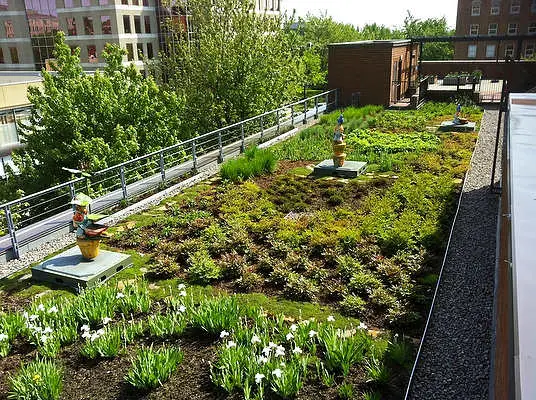
These are the layers you should have from down up
- Pond liner – apply on the roof to stop any of the roots, damp, greenery, water or any other stuff getting through. You can use 2 liners to be extra safe
- Root membrane – this stops the roots and mud getting to the lower level of gravel, to help drainage
- Gravel (2 layers) – a layer to go on top of the pond liner, and another to go on top of the root membrane
- Moisture blanket (capillary matting or recycled carpet or textiles) – this is to help keep moisture in the soil
- Wood chips – also help maintain moisture
- Compost – food for the plants
- Top soil – gives a bit more substance to the compost
- Big stones to help with drainage at the edge and stop plants growing into the building
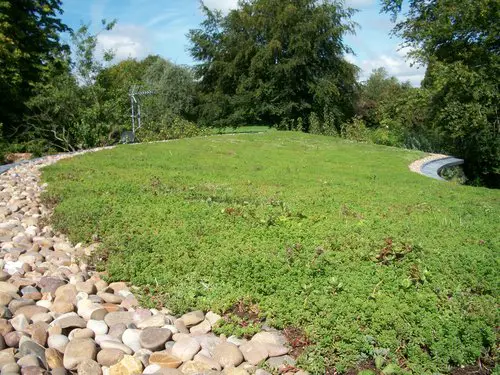
Credits: acoperisulcasei.ro, instructables.com
Photo credits: stylecaster.com, agavaceae.info, greenroofs.com, inhabitat.com, strangesounds.org, sedumgreenroof.co.uk, greenrooftraining.com, dezeen.com, calatorul.net















